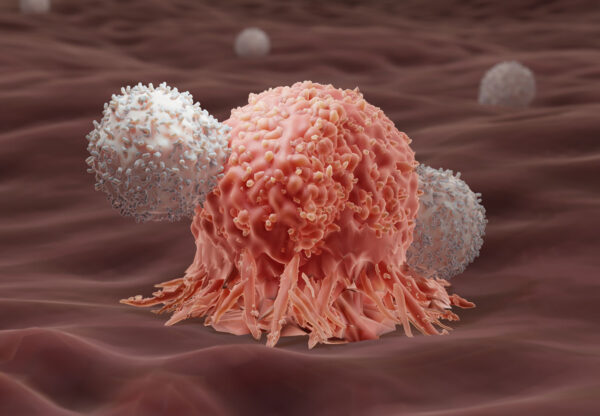
Great strides have been made in the treatment of B-cell malignancies with Chimeric antigen receptor (CAR) T-cell therapies. Efforts have been less successful when applying the technology to myeloid malignancies. Research published this year focusing on AML showcases the challenges.1
Myeloid malignancies, characterized by abnormal proliferation and differentiation of myeloid stem cells or their progeny in the bone marrow, pose distinct hurdles to CAR T-cell therapy. Myeloid malignancies exhibit greater genetic heterogeneity than those from a B-cell lineage. This genetic diversity undermines the efficacy of single-antigen targeting strategies, necessitating the exploration of novel approaches to achieve comprehensive eradication of the malignant clone.
Key among the challenges in CAR T-cell therapy for myeloid malignancies is the risk of off-target toxicity against normal hematopoietic stem/progenitor cells (HSPCs) expressing the same antigens as malignant cells. Strategies to mitigate this risk include the use of demethylating therapy to selectively upregulate target antigen expression on AML cells while sparing normal HSPCs. Additionally, gene-editing techniques, such as CRISPR/Cas9, offer the possibility of knocking out target antigens on host HSPCs prior to CAR T-cell therapy. Thus, a population of HSPCs which the CAR-T therapy will not target becomes established before infusion of the modified T cells. The unmodified HSPCs may be attacked, but the patient retains hematopoietic capacity.
Another major hurdle in CAR T-cell therapy for myeloid malignancies is antigen loss or downregulation on malignant cells, leading to immune escape and disease relapse. One possible solution being investigated to address this challenge is designing CAR constructs with enhanced antigen recognition. Another avenue being explored is the targeting of neoantigens derived from leukemic mutations, rather than targeting normal proteins which cancer cells happen to manufacture at higher rates. These are abnormal proteins and other molecules resulting from mutations in cancer cells. The risk of off-target toxicity could be brought down significantly, given these molecules should be entirely absent from healthy cells. Thirdly, multi-target CAR-T cells, ones which manufacture multiple CAR molecules targeting different ligands, may increase the likelihood of the cells locating tumor cells. Furthermore, the incorporation of safety switches into CAR T-cell constructs enables the controlled elimination of CAR T cells in the event of adverse events, enhancing the safety profile of this therapeutic modality.
Looking ahead, the landscape of CAR T-cell therapy for myeloid malignancies is evolving rapidly, with ongoing research efforts aimed at optimizing efficacy, safety, and durability of response. By addressing the unique challenges posed by myeloid malignancies through innovative approaches like those described, it may be possible to see successes as those already accomplished in the treatment of B-cell malignancies.
References:
1. Fetsch, V., & Zeiser, R. (2024). Chimeric antigen receptor T cells for acute myeloid leukemia. European Journal of Haematology, 112(1), 28-35.
